
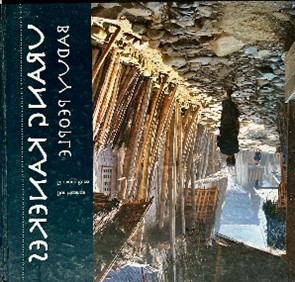
Author: Don Hasman & Filomena Reiss, 2014. 111 pg. (English)
Publisher: Indonesian Heritage Society
The book is divided into two parts. The first part, narrated by Don Hasman, an ethno-photographer and journalist, focuses on the Kanekes people and their culture. The second part, titled "Black and White," is presented by Philomena Reiss and explores the traditional textiles of the Kanekes or Baduy, people. This informative and engaging book is particularly noteworthy, as few individuals are permitted to enter and conduct research in the Inner-Baduy territory, where the residents continue to maintain their traditional lifestyle.
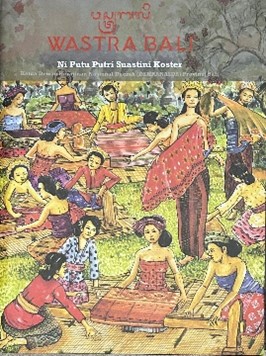
Author: Ni Putu Putri Suastini Koster, 2022, 188 pg.
Publisher: Dinas Perindustrian dan Perdagangan Provinsi Bali. (Indonesian and English).
Ni Putu Putri Suastini Koster is the leader of the Indonesian Regional Handicraft Council in Bali. The volume is a manifestation of her great interest in the field of Balinese traditional textiles and the book is based on an annual exhibition “Bali Bangkit” (Rise Bali) for small and medium enterprises (IKM), in 2022. The book protected with an attractive dust jacket featuring industrious Balinese weavers in a beautiful setting presents textiles from the exhibition as well as from Balinese weavers, collectors, and scholars.
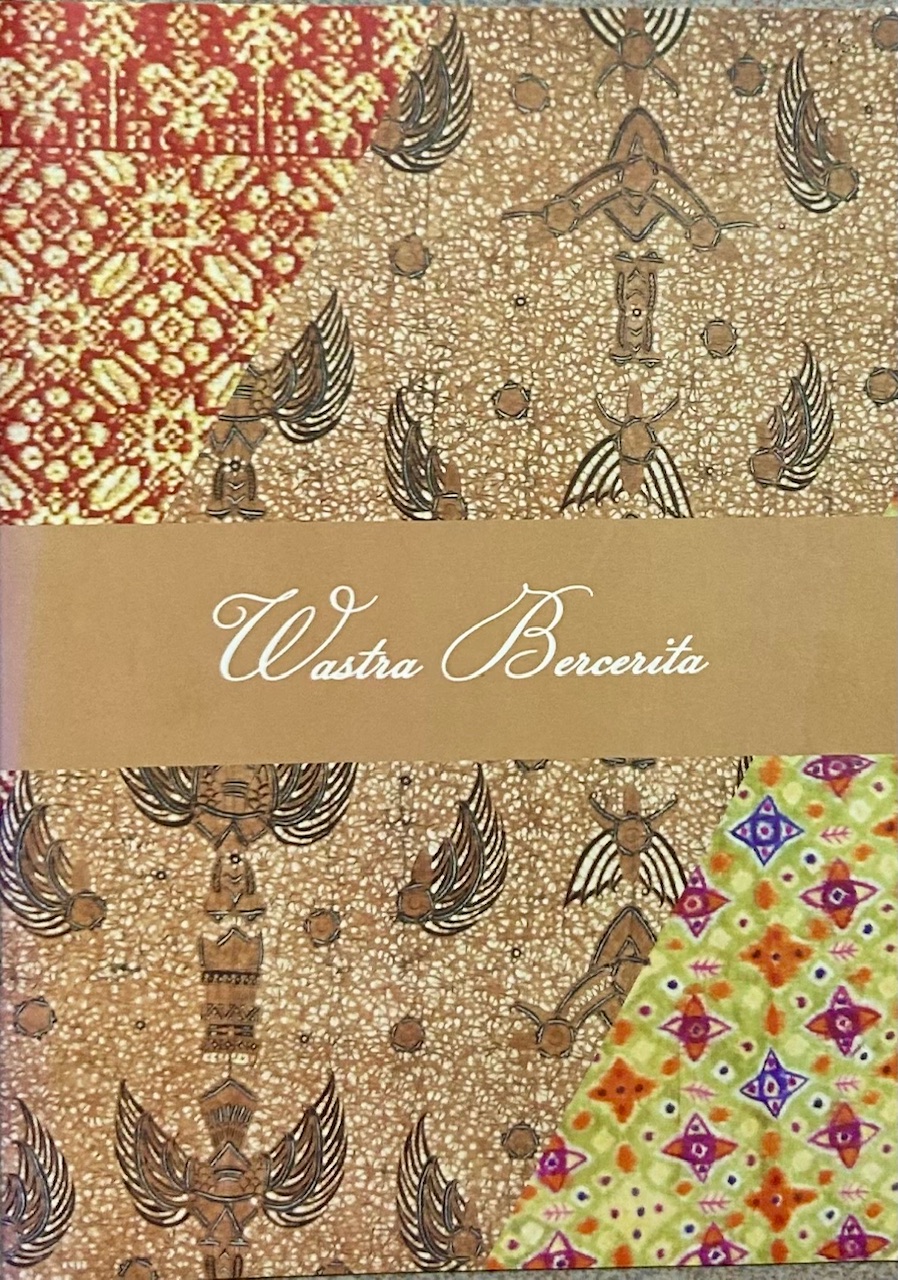
Author: Neneng Iskandar & Benny Gratha, 2014. 16pg. (Indonesian)
Publisher: Himpunan Wastraprema, Jakarta
This catalog presents a remarkable collection of textiles that are over 100 years old and no longer in production. It features ancient textiles from Lampung and Palembang, along with exquisite songket from Gresik (East Java), Cirebon, Solo, and Pekalongan. Each entry not only highlights these unique fabrics but also delves into the rich stories behind their creation and explains the reasons for their discontinuation.
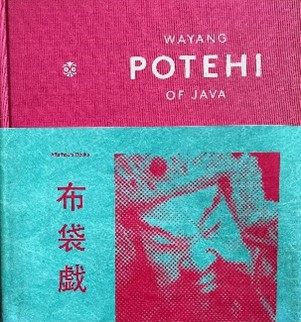
Author: Ardian Purwoseputro, 2014. 292pg. (English)
Publisher: Afterhours Books, Jakarta
A dynamic new generation of dollmakers and puppeteers from the non-Chinese community has unequivocally transformed Potehi into a vibrant multicultural art form. The author confidently identifies this variant as "Wayang Potehi Jawa," marking its clear departure from traditional puppetry found in China and elsewhere. This evolution solidifies Indonesia as a powerful center for cross-cultural exchange, where puppets proudly display their exquisite hand-embroidered clothing.
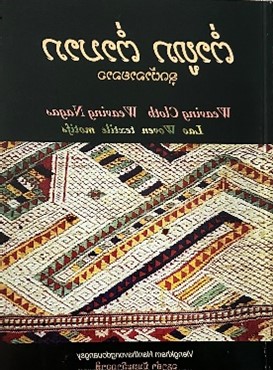
Author: Viengkham Nanthavongdouangsy, 2004. 44pg. (Lao and English)
Publisher: Phaeng Mai Gallery, Vientiane, Lao PDR
The Naga is a prominent motif in Lao woven textiles, reflecting the imagination and respect of the weavers. It is deeply connected to the livelihood of the Lao people. When discussing their work, weavers often link the Naga to their craftsmanship. Known by various names, the Naga's significance is shaped by Buddhist and Animist beliefs, with each ethnic group having its own tales and interpretations of this sacred creature.
Page 36 of 37